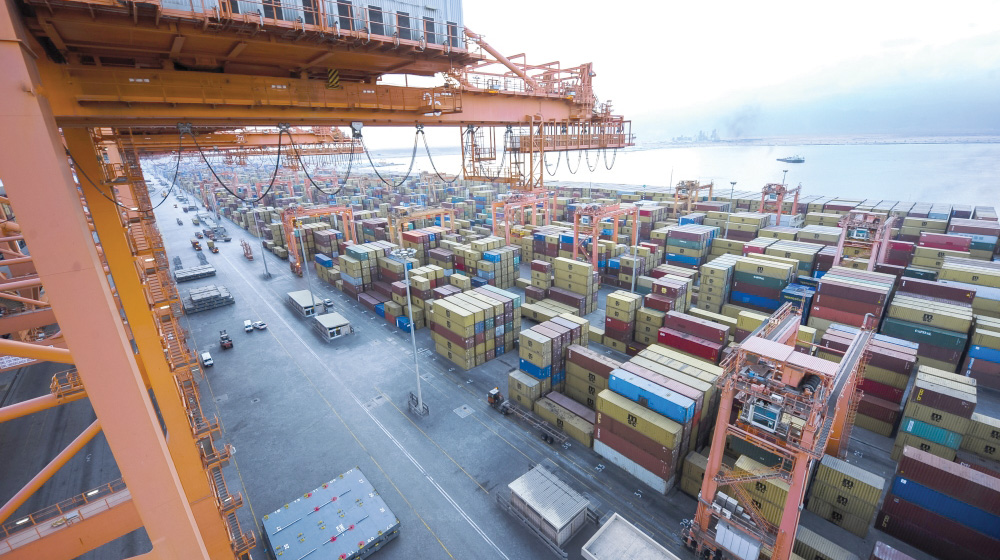

Oman’s merchandise exports are projected to grow several notches in 2021 boosted by a substantial uptick in international oil prices coupled with a modest increase in output, according to Fitch Solutions Group, an affiliate of Fitch Ratings.
The UK-based think-tank said in a recent commentary on Oman’s macro-economic outlook that total oil exports are anticipated to grow a significant 32 per cent in value terms in 2021 versus a contraction estimated at about 27 per cent in 2020. In volume terms, total net oil exports are projected to rise by a modest 4.4 per cent in 2021, the research agency stated.
Oil exports accounted for a hefty 57 per cent of total revenue from merchandise exports in 2021 — a figure that’s projected to spike if the price of crude averages $64 per barrel as forecast for 2021, up from $58.0 per barrel previously.
“The recent decision by the OPEC+ alliance to not bring significant additional production back online in March, coupled with Saudi Arabia’s voluntary additional cut of 1.0mn b/d in February, March and April has tightened global supply and signals that OPEC+ is likely to be slower than we had first expected in raising production, pushing prices higher in the near term. As the global economy begins to recover, this will add further support to prices, and allow the OPEC+ countries to begin to ease oil production cuts, including in Oman,” said Fitch Solutions in its analysis.
In its report titled, ‘Rising Oil Prices to Narrow Oman’s Current Account Deficit’, Fitch Solutions also revised its forecast for Oman’s current account deficit to 7.4 per cent of GDP in 2021 from its previous forecast of 11.3 per cent, primarily as a result of higher oil prices.
Also auguring well for an uptick in Omani non-exports is the strong recovery underway in countries that represent key trading partners of the Sultanate, according to the research body.
“We expect that the easing of Covid-19 restrictions among Oman’s key trading partners will see a surge in demand. Crucially, Oman’s key trading partners for non-oil exports are the UAE and Saudi Arabia, who receive 17.7 per cent and 16.4 per cent of Oman’s non-oil exports respectively. We expect that the rapid distribution of the Covid-19 vaccine in both countries in the last few months will support demand for Omani imports,” it stated.
This growth in non-oil exports is expected to be driven by plastics from the Liwa Plastics Industrial Complex, a $6.7-billion petrochemicals project that came into production late last year.
“Although plastics composed only a small fraction of total non-oil exports, accounting for 6.1 per cent in 2019, we expect plastics to become a much more substantial export this year. The Liwa Complex is expected to raise OQ’s polyethylene production capacity to 1.4 million tonnes from 0.9 million tonnes previously,” it noted.
Import growth, on the other hand, is forecast at a minuscule 3 per cent in 2021 versus a sharp contraction of 12 per cent in 2020, the think-tank said, attributing this subdued outlook to continued restrictions on government spending.
“A reduction in capital expenditure will dampen demand for capital goods imports, while limited recurrent spending, including on public sector wages and salaries, will weigh on private sector activity, dampening consumer goods imports.”
The report also foresees an increase, albeit modest, in Foreign Direct Investment (FDI) into the Sultanate as foreign investors weigh the benefits of incentives offered by the Omani government as part of its Economic Stimulus Plan (ESP). Notable is a pledge to waive income tax until end-2022 for investors that register before the end of this year, it added.
Oman Observer is now on the WhatsApp channel. Click here



